-
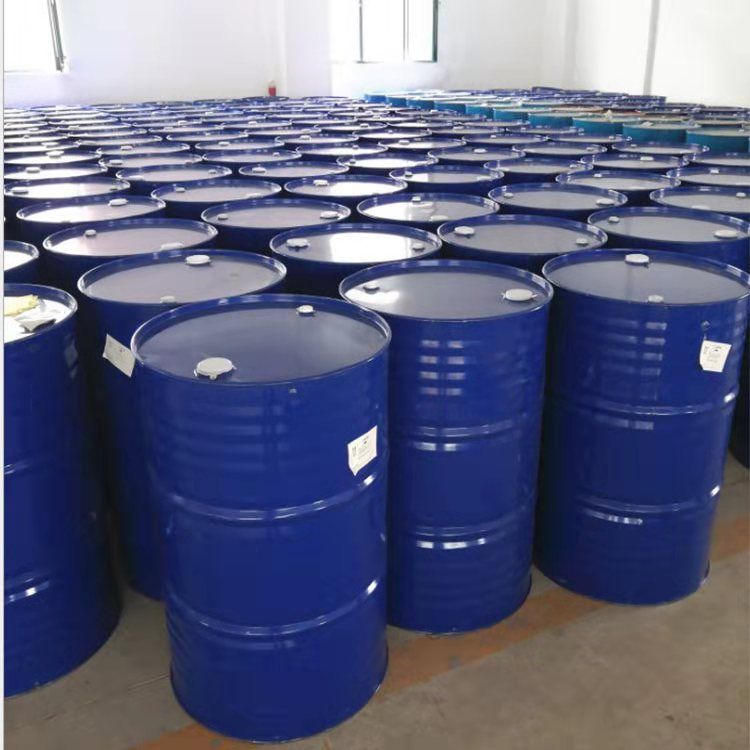
Who makes propylene oxide in China?
Propylene oxide (PO) is a versatile chemical compound with numerous industrial applications. China, being a prominent manufacturer and consumer of PO, has witnessed a surge in production and consumption of this compound in recent years. In this article, we delve deeper into who is making propylen...Read more -
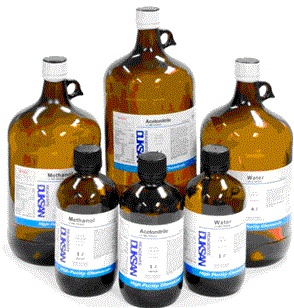
What is similar to acetone?
Acetone is a kind of organic solvent, which is widely used in the fields of medicine, fine chemicals, paints, etc. It has a similar structure with benzene, toluene and other aromatic compounds, but its molecular weight is much lower. Therefore, it has a higher volatility and solubility in water. ...Read more -

Can acetone be made from isopropyl alcohol?
Acetone is a widely used organic solvent with a variety of industrial applications, including paints, adhesives, and electronics. Isopropyl alcohol is also a common solvent used in a range of manufacturing processes. In this article, we will explore whether acetone can be made from isopropyl alco...Read more -
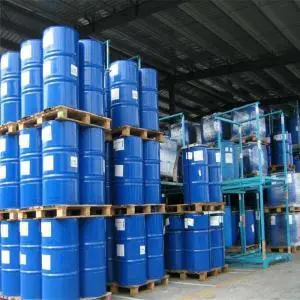
Is isopropanol the same as acetone?
Isopropanol and acetone are two common organic compounds that have similar properties but different molecular structures. Therefore, the answer to the question “Is isopropanol the same as acetone?” is clearly no. This article will further analyze the differences between isopropanol an...Read more -
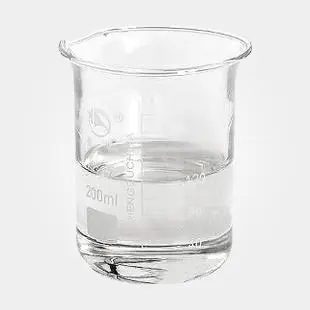
Can you mix isopropanol and acetone?
In today’s world, where the use of chemicals is becoming more prevalent in our daily lives, understanding the properties and interactions of these chemicals is crucial. In particular, the question of whether or not one can mix isopropanol and acetone has important consequences in numerous a...Read more -

How is isopropanol produced from acetone?
Isopropanol is a colorless, flammable liquid that is widely used in various industries such as solvents, rubbers, adhesives, and others. One of the primary methods to produce isopropanol is through the hydrogenation of acetone. In this article, we will delve deeper into this process. The first...Read more -

What are the physical properties of isopropanol?
Isopropanol is a kind of alcohol, also known as isopropyl alcohol, with the molecular formula C3H8O. It is a colorless transparent liquid, with a molecular weight of 60.09, and a density of 0.789. Isopropanol is soluble in water and miscible with ether, acetone and chloroform. As a type o...Read more -
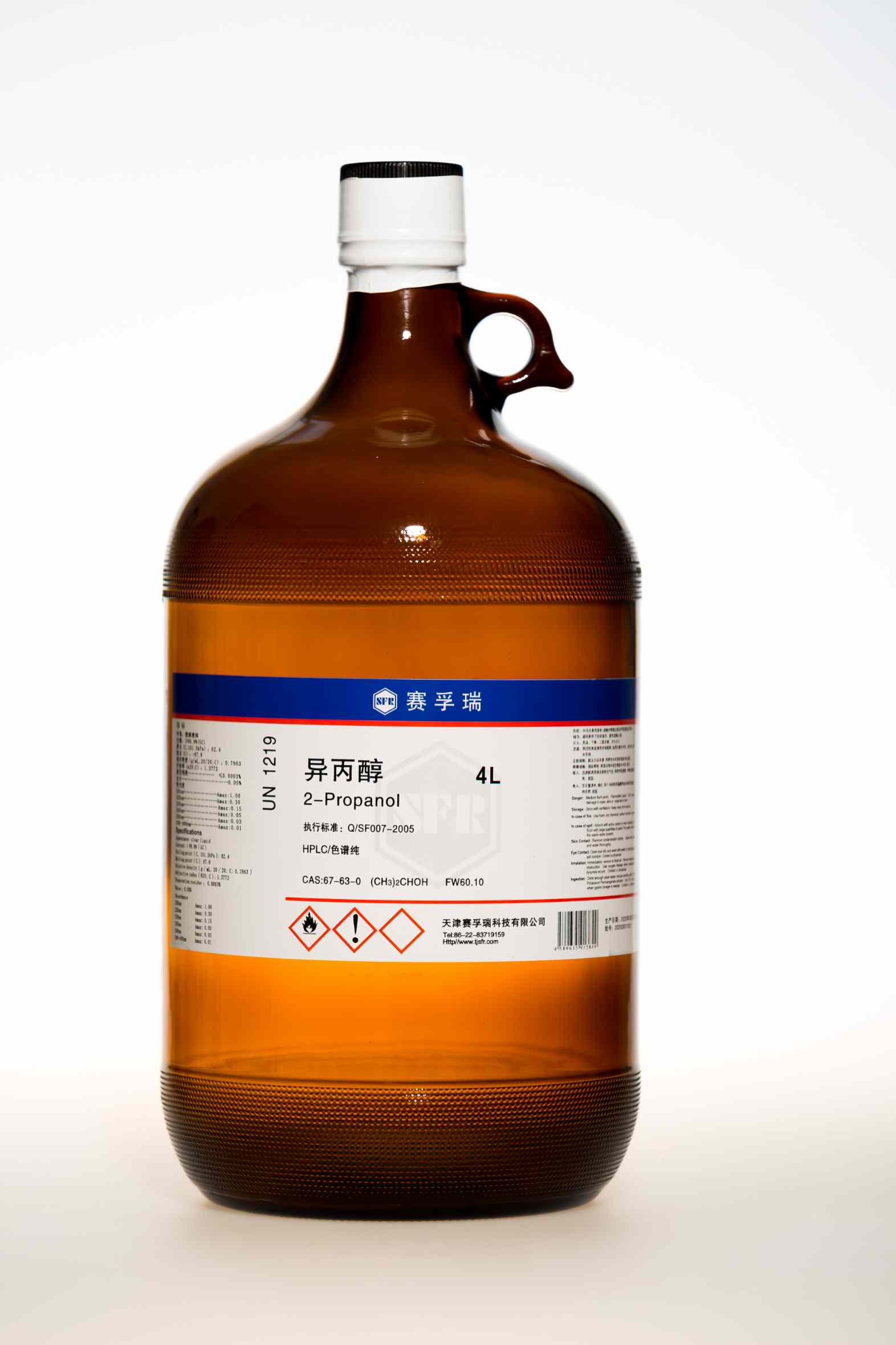
Is isopropanol a product of fermentation?
First of all, fermentation is a kind of biological process, which is a complex biological process of converting sugar into carbon dioxide and alcohol under anaerobic conditions. In this process, the sugar is anaerobically decomposed into ethanol and carbon dioxide, and then the ethanol is further...Read more -

What is isopropanol converted to?
Isopropanol is a colorless, transparent liquid with a strong irritating odor. It is a flammable and volatile liquid at room temperature. It is widely used in the production of perfumes, solvents, antifreezes, etc. In addition, isopropanol is also used as a raw material for the synthesis of other ...Read more -
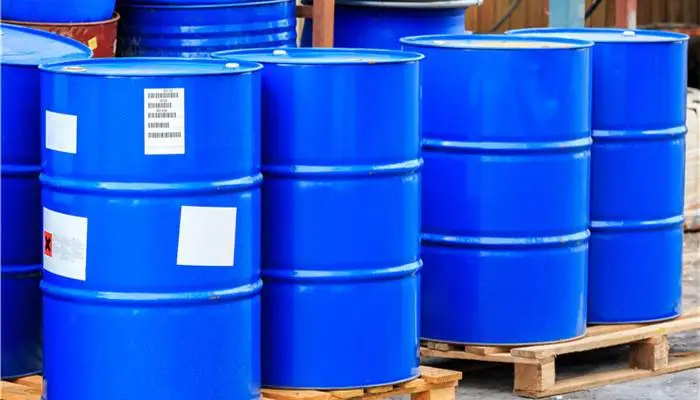
Is isopropyl alcohol soluble in water?
Isopropyl alcohol, also known as isopropanol or 2-propanol, is a common organic solvent with a molecular formula of C3H8O. Its chemical properties and physical characteristics have always been topics of interest among chemists and laymen alike. One particularly intriguing question is whether isop...Read more -
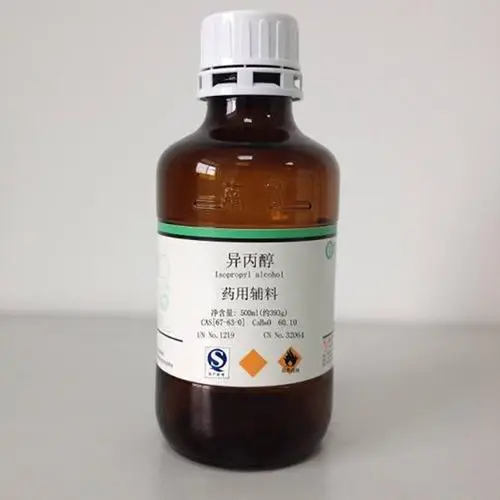
What is the common name for isopropanol?
Isopropanol, also known as isopropyl alcohol or 2-propanol, is a colorless, flammable liquid with a characteristic odor. It is a widely used chemical substance that finds applications in a range of industries, including the pharmaceutical, cosmetics, and food processing industries. In this articl...Read more -

Is isopropanol a hazardous material?
Isopropanol is a common industrial chemical with a wide range of applications. However, like any chemical, it has potential hazards. In this article, we will explore the question of whether isopropanol is a hazardous material by examining its physical and chemical properties, health effects, and ...Read more
-

Phone
-

E-mail
-

Whatsapp
-

Top




